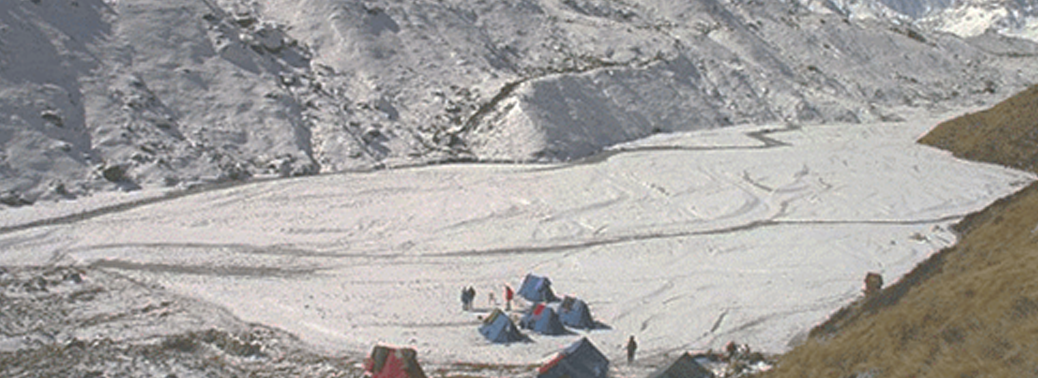GLACIERS IN SIKKIM MELTING FASTER
26, Mar 2020

Prelims level : Environment – Climate Change and its Impact.
Mains level : GS-III: Conservation, environmental pollution and Degradation, Environmental Impact Assessment.
Why in News?
- The Wadia Institute of Himalayan Geology (WIHG), Dehradun have conducted a study recently which has found that glaciers in Sikkim are melting at a higher magnitude as compared to other Himalayan Glaciers.
About the study:
- Wadia Institute of Himalayan Geology (WIHG), Dehradun is an autonomous research institute for the study of Geology of the Himalaya under the Department of Science and Technology.
- The study published in Science of the Total Environment assessed the response of 23 glaciers of Sikkim to climate change for the period of 1991-2015.
- This study studied multiple glacier parameters, namely length, area, debris cover, Snowline Altitude (SLA), glacial lakes, velocity, and down wasting.
Key Findings of the Study:
- Glaciers in Sikkim have retreated and de-glaciated significantly from 1991 to 2015.
- Compared to other Himalayan regions, the magnitude of dimensional changes and debris growth are higher in the Sikkim.
- Contrary to the western and central Himalaya, where glaciers melting is reported to have slowed down in recent decades, the Sikkim glaciers have shown negligible deceleration (reduction in speed) in melting after the year 2000.
- Summer temperature rise has been a prime driver of glacier changes.
- The behaviour of glaciers in the region is heterogeneous and found to be primarily determined by glacier size, debris cover, and glacial lakes.
- The study revealed that Small-sized glaciers in Sikkim are retreating while larger glaciers are thinning due to climate change.
Significance of the study:
- The study provides ample baseline data on glacier changes and systematically explores the causal relationship between glacier parameters and various influencing factors.
- A clear understanding of glacier state will help orienting future studies as well as taking necessary measures.
- Accurate knowledge of magnitude as well as the direction of glacier changes can lead to awareness among common people regarding water supplies and possible glacier hazards, particularly to those communities that are living in close proximity.






